Monday, April 1, 2013
Resurrection men, doctors & dissection (at the Museum of London)
When we were in London last January, it kept snowing. This meant that instead of walking and walking through the city, for hours, we spent a lot more time indoors than we usually do when we visit a new city. So, we went to several expositions, one of which I got very excited about. As you know I have a soft spot for Science and Medical museums, so when I saw there was an exposition at the Museum of London called 'Doctors, Dissection and Resurrection men' I was very curious.
"In 2006, Museum of London archaeologists excavated a burial ground at the Royal London Hospital in Whitechapel. What they found was both extraordinary and unexpected. The excavation revealed some 262 burials. In the confusing mix of bones was extensive evidence of dissection, autopsy and amputation, bones wired for teaching, and animals dissected for comparative anatomy. Dating from a key period – that of the Anatomy Act of 1832 – the discovery is one of the most significant in the UK, offering fresh insight into early 19th century dissection and the trade in dead bodies. Now, 180 years later, you can uncover this intriguing story in Doctors, Dissection and Resurrection Men, a major exhibition at the Museum of London. Bringing together human and animal remains, exquisite anatomical models and drawings, documents and original artefacts, the exhibition reveals the intimate relationship between surgeons pushing forward anatomical study and the bodysnatchers who supplied them; and the shadowy practices prompted by a growing demand for corpses."
As you can probably imagine, the best way to learn Anatomy and Surgery is on real bodies. Sure, there are pretty accurate wax models (like these we found in Florence) and some very good illustrations, but in order to be able to really learn you really have to see the real deal. In the late 1700s and 1800s bodies available for medicine faculties were scarce, so it became common practice to dig corpses out of their tombs (the fresher, the better). Of course fancy doctors or students were not going to do this, so this was an opportunity. Groups of bodysnatchers developed and organized themselves in crime and soon they were also killing people in order to supply the demand of Medical schools. This resulted in scandals, polemic, and ended in the creation of a new law, The Anatomy Act of 1832, which intended to regulate this situation: "the law gave freer license to doctors, teachers of anatomy, and bona fide medical students to dissect donated bodies." It was promulgated in reaction to public fear and revulsion of the illegal trade in corpses.
It is interesting that these controversial practices made their way into literature classics as well, Charles Dickens wrote about resurrection man in "Tale of two cities", H.P. Lovecraft wrote about body snatchers in "The case of Charles Dexter Ward" and "Herbert West Reanimator". Mary Shelley was said to also be somewhat inspired by resurrection men when writing "Frankenstein".
If you are interested you can visit this exposition at the Museum of London until April 14. (150 London Wall, London)
Subscribe to:
Post Comments (Atom)
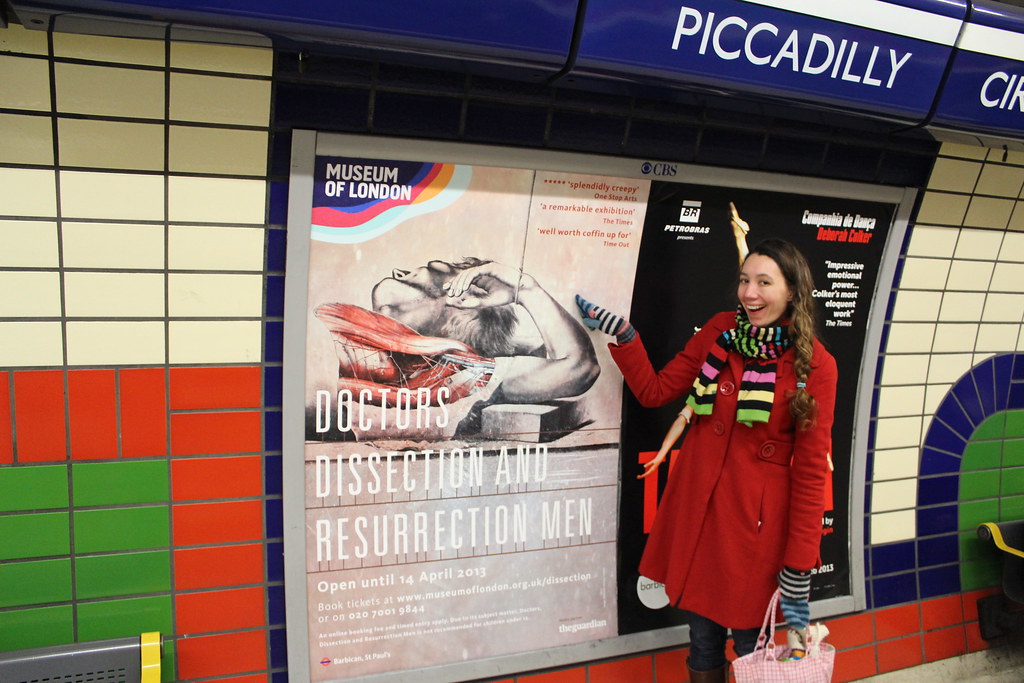

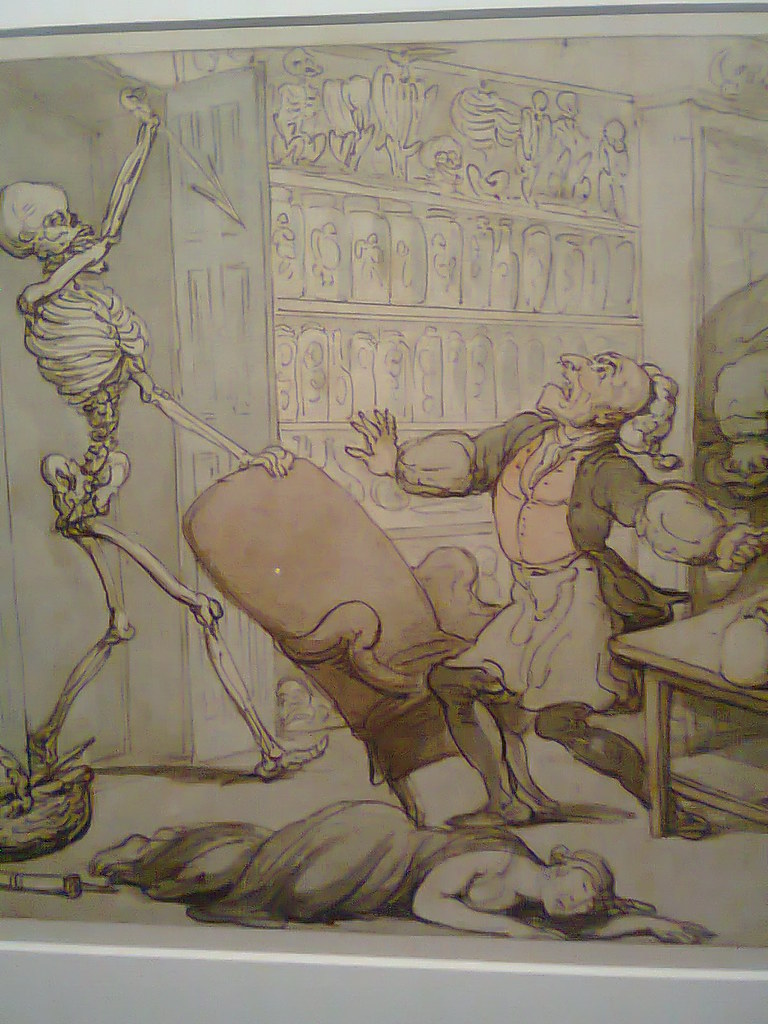
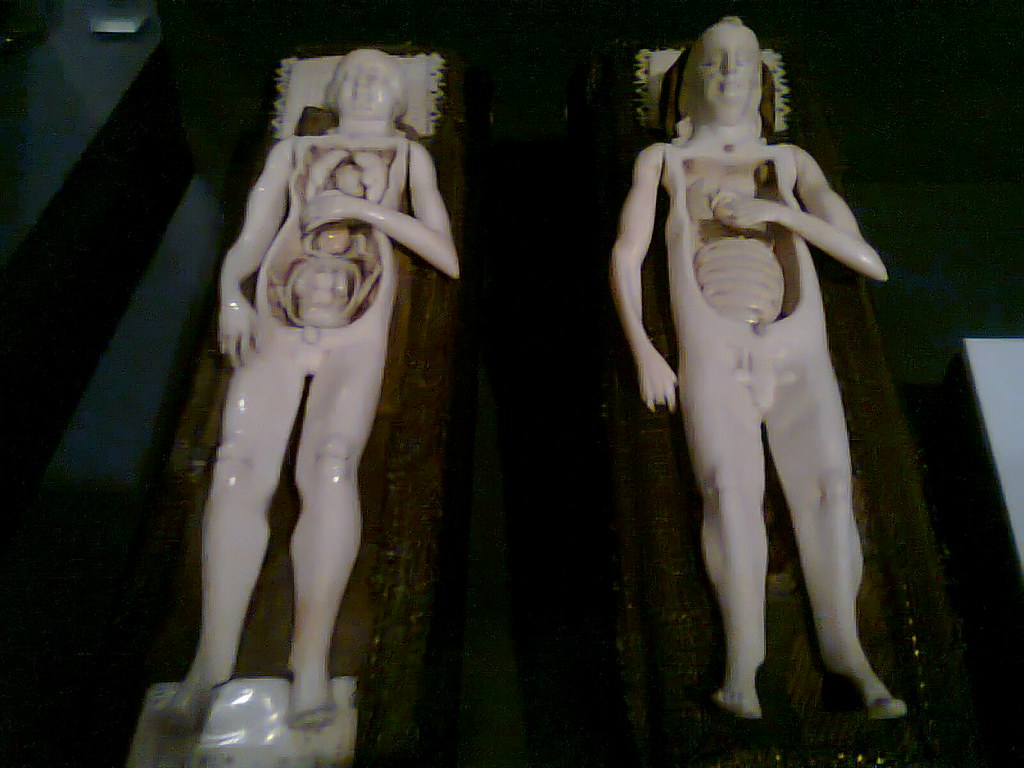
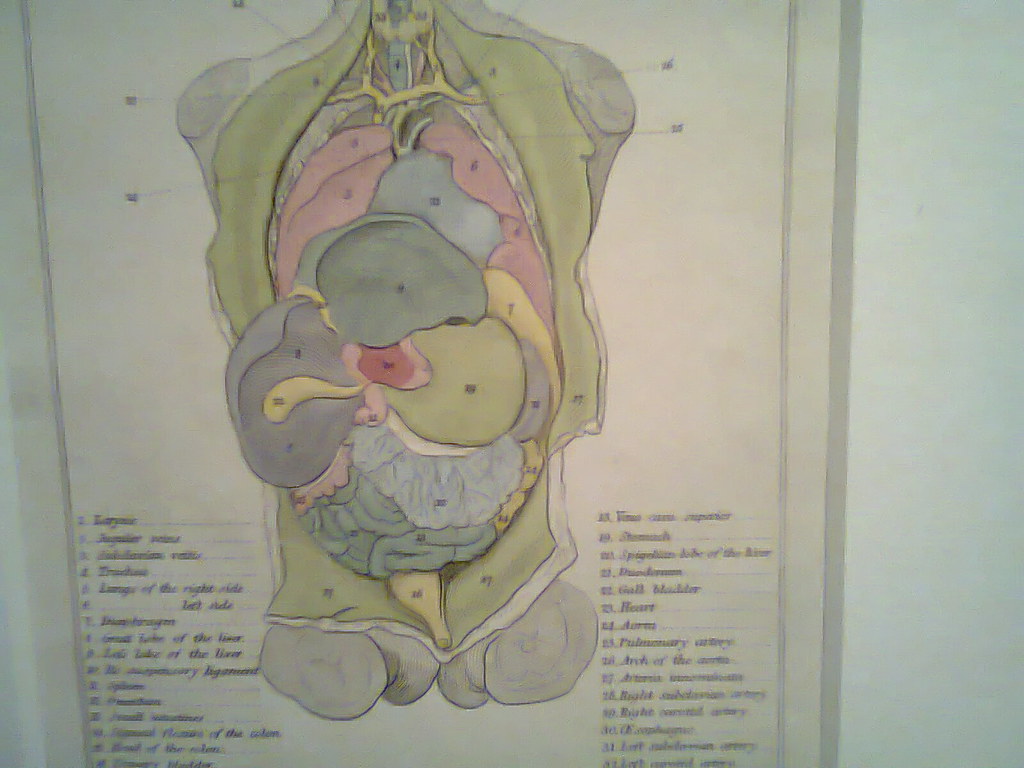

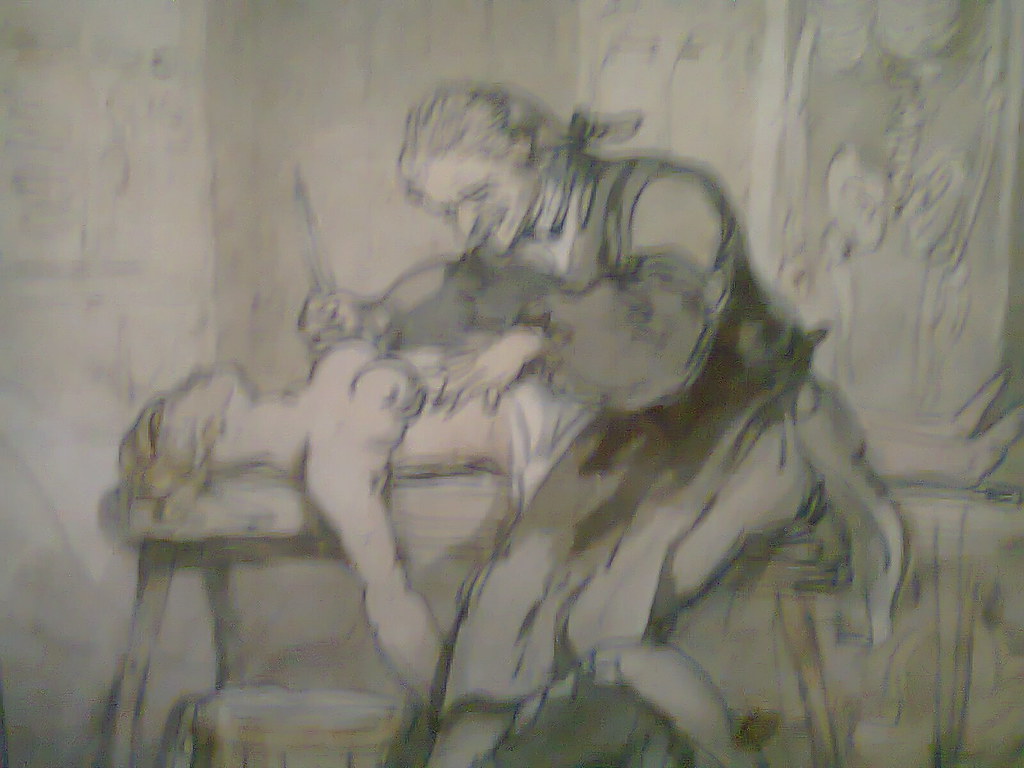
Really interesting stuff and not so shocking when you really stop and think from a medical perspective that doctors needed to LEARN dammnit. But pretty gruesome and sad when you think about the families of the dead person and their grief.
ReplyDeleteAlso, I just have to ask, what EXACTLY is going on in the last picture? Quite sexualized if you ask me!
Yeah, there are both sides of the story. And in order to be able to help other people, doctors need to be good, and for that they need practice. At the exposition they explained how at the time, for many "simple" things, treatable today, like broken bones, amputation was the treatment, and there was no anesthesia. So a good surgeon would perform the whole thing in less than 1 minute. They had some instruments on display as well as some bones that had been treated... scary stuff.
DeleteBut of course, it is hard for the family of the people whose corpses were used.
That last pic I think it's a dissection, but yeah, that is some weird illustration.
I have a similar obsession. One of my favorite ones is the anatomical and pathological museum in Vienna, which is also housed in a building with a really interesting history. Have you checked out the Welcome Trust exhibition when in London? They always have very interesting shows on the history of science/the body.
ReplyDeleteOh I am adding that museum to my list, and interesting buildings are also a favorite. I will have to go back to the Wellcome Trust exhibition ( I think I did hear of it... is it the one near St. Pancras, or am I lost?)
DeleteOh man, this is definitely NOT my cup of tea. Both my mom and sister are nurses and I keep having to hear stories and I just can't take it. For a while my little sister was also studying to be a nurse and I had to endure her stories (and remember when my other sister did it) about her Anatomy & Physiology class. Yup, not my thing! Have you heard of the Bodies Exhibition? I think it might be something you'd be interested in... of course, it's on this side of the world, but something to keep in mind for future reference.
ReplyDeletehttp://www.bodiestheexhibition.com
Oh the bodies exhibition, I saw it when it was quite new, in 1999, I remember it came to Basel, it was my first year in Switzerland and nobody wanted to go with me. So I hopped on the train, all by myself and I went to see it. Very impressive from the technique and medical point of view but I kind of hated the idea that a part of the exposition was treating the bodies as "art" by putting the bodies in casual positions (like riding a bike, and such) and I thought that was just limit disrespectful. Which is weird. I mean, I am fine with people slicing up bodies for the sake of science but for decorative purposes... I really draw a line there.
DeleteThis reminds me of a kind of interesting exhibit I've seen called "body works", I think? It's like plasticized versions of parts of the human body and was really, really interesting. I'm usually more of a cultural history kind of museum goer (and you've just reminded me that a Mesopotamia exhibit is coming to my museum!) but this one sounds really cool, and it's always nice to explore history at the edges of the comfort zone.
ReplyDeleteYeah, I have seen the exposition. The plastination technique is quite impressive because it replaces water in the tissues with resin / plastic thus mantaining form. It is specially amazing for looking at blood vessels / vascularization.
DeleteMesopotamia is one of my favorite culture ever, if you go be sure to tell us about it!